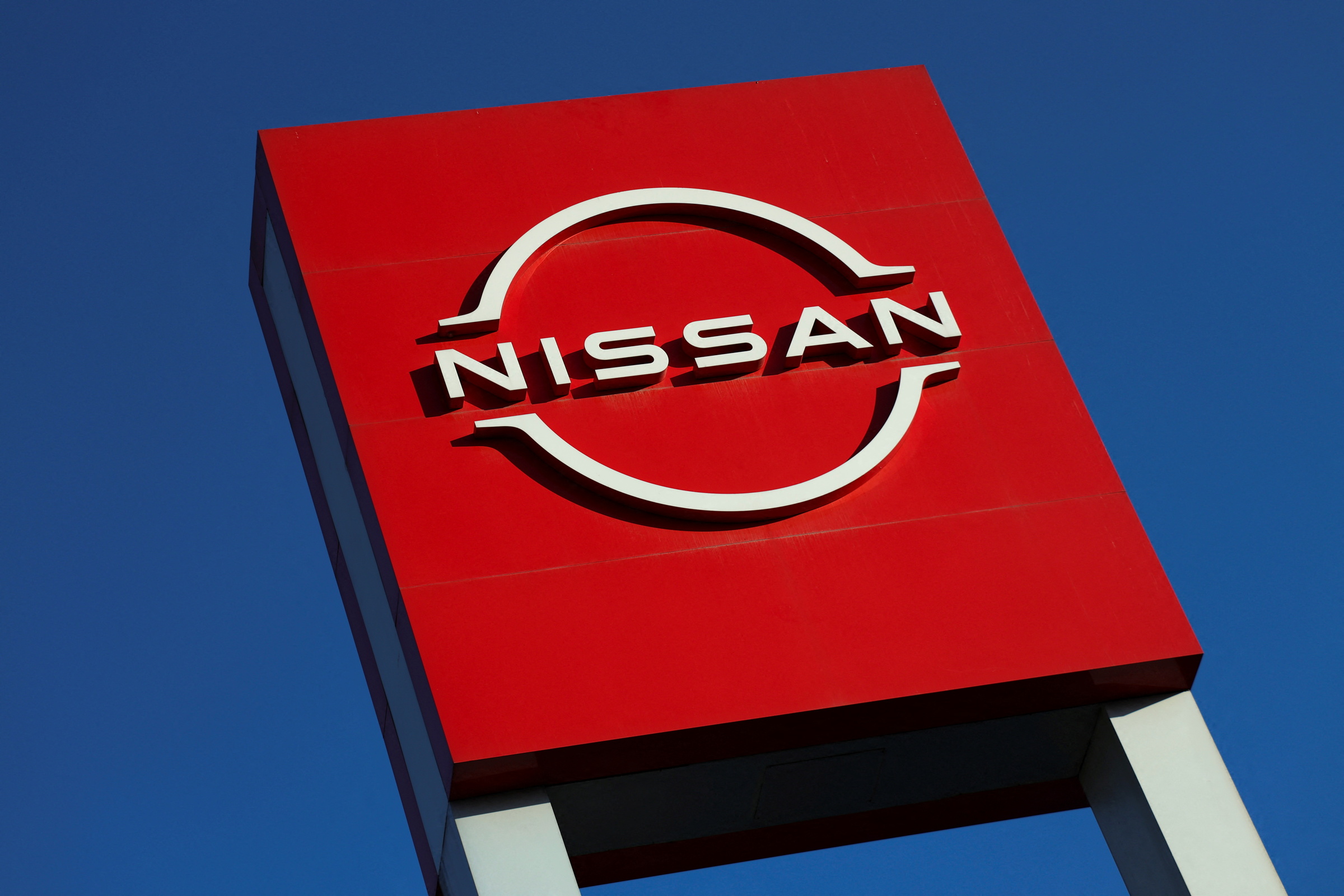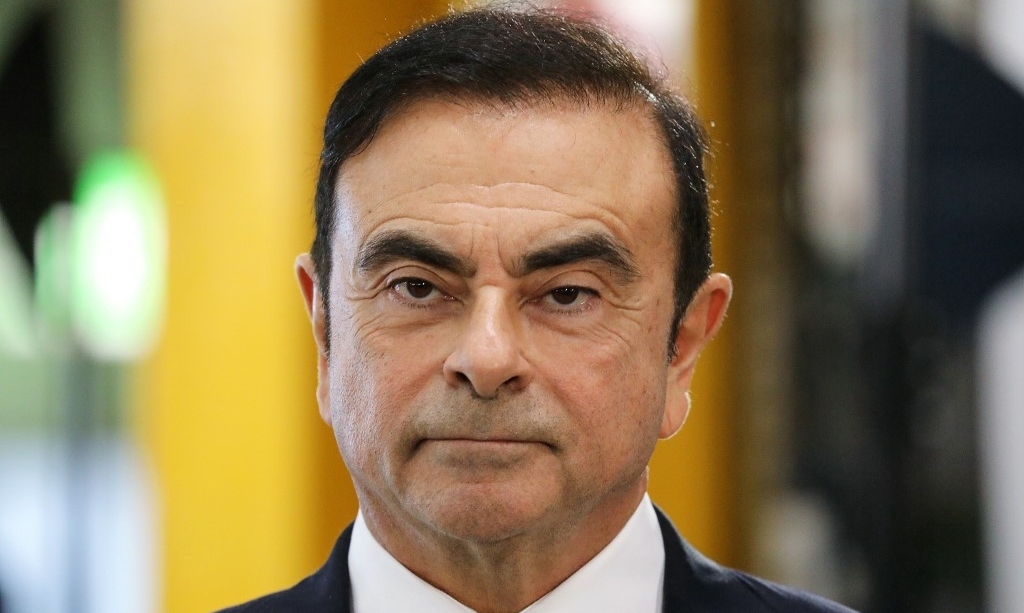Shareholder discontent over the poor performance of Japan's third-largest automaker was evident at Nissan Motor's annual shareholder meeting on 24/6. Some shareholders criticized the management, demanding greater accountability for the deepening crisis, according to Reuters.
One shareholder accused the board of attempting to "shift responsibility to front-line workers" through job cuts while retaining their own positions. Meanwhile, Tokyo-based Strategic Capital, an institutional shareholder, urged Nissan to delist its subsidiary Nissan Shatai as part of the restructuring process.
This meeting marked the first for new Chief Executive Officer Ivan Espinosa since replacing former CEO Makoto Uchida. Whether Espinosa can reverse Nissan's sharp decline remains uncertain, Reuters reported.
Nissan's shares have fallen about 36% in the past year, and dividend payments have been suspended. In the fiscal year ending this past March, Nissan reported a net loss of 4.5 billion USD, its largest since French automaker Renault rescued the company from the brink of bankruptcy a quarter-century ago.
 |
Nissan logo in Cuautitlan Izcalli, Mexico on 30/1. Photo: Reuters |
Nissan logo in Cuautitlan Izcalli, Mexico on 30/1. Photo: Reuters
There's no guarantee of profitability this year. Nissan has stopped issuing profit forecasts for 2025 and estimates a first-quarter loss of up to 1.38 billion USD. What has led to the increasing difficulties for the automaker that ranked second in Japan after Toyota before 2020?
A pioneer loses its way
Founded nearly a century ago, Nissan pioneered electric vehicles with the Leaf, the world's first mass-market electric family car, launched in 2010. However, the company failed to capitalize on the Leaf's initial success to stay ahead in the electric vehicle race. Instead, Nissan shifted its focus to hybrid vehicles.
Meanwhile, Nissan's product lines became outdated, leading to inventory pileups that forced the company to cut prices. The Leaf itself gradually lost its appeal to buyers, offering a more limited driving range compared to newer models from competitors.
The car uses the CHAdeMO charger developed jointly with other Japanese automakers. However, competitors in the US don't use CHAdeMO, and today the charging systems used by BYD and Tesla have become the global standard. In China, Nissan also struggled to keep up with local electric vehicle manufacturers, where advanced technologies attract customers.
Nissan didn't launch its all-electric Ariya SUV until 2022. However, it missed the mark again, launching in the US in late 2023 when demand for electric vehicles had declined. As a result, the company postponed plans to produce two electric vehicle models in the US from 2025 to 2027.
Recently, as hybrid vehicles gained popularity in the US and Toyota reaped success, Nissan lacked a comparable product. As of early 2025, Nissan still lacks the latest generation of electric and hybrid vehicles to compete effectively in the US and China.
25 years of constant upheaval
Nissan's instability began a quarter-century ago. In 1999, amidst a crisis, Renault acquired a controlling stake. To rescue the Japanese automaker, the French group appointed Carlos Ghosn, nicknamed "Le Cost Killer," to lead the restructuring.
Initially as CEO and later as chairman, Ghosn cut purchasing costs, closed factories, and laid off 21,000 employees. He accelerated the launch of new models to increase Nissan's global market share. However, due to tight cost controls, the company's products became less innovative than those of its competitors.
To compete, Ghosn offered substantial discounts to customers, especially in the US market, but this came at the expense of shrinking profits. Focused on cost savings and promotions, Nissan didn't fully exploit the opportunities from its alliance with Renault in product development, leading to the collapse of the relationship in 2018. At that time, Ghosn was arrested on suspicion of financial crimes.
 |
Carlos Ghosn as Chairman and CEO of Nissan on 8/11/2018. Photo: Reuters |
Carlos Ghosn as Chairman and CEO of Nissan on 8/11/2018. Photo: Reuters
Nissan's product shortcomings have persisted since then. The company's model update cycle is long, meaning customers have to wait a while for new versions. As competitors continuously introduce improvements, Nissan's dealers are left with little choice but to attract customers with discounts, perpetuating the cycle of shrinking profits.
The company also experienced leadership instability, further disrupting operations. After Ghosn's arrest, his successor, Hiroto Saikawa, resigned after just one year due to a scandal involving allegations of overpayment. Several other executives also left the company during the turmoil.
Amid the chaos, Makoto Uchida, a two-decade Nissan veteran, took over as CEO. In December of 2024, he made headlines by announcing merger talks with Honda, a result of discussions that began in March as the two companies sought to collaborate on technology.
However, the ambition to create one of the world's largest automakers failed. According to Reuters, the main issue was Nissan's demand for near-equal treatment despite its weaker position compared to Honda. Sources indicated that Honda considered Nissan's management slow in decision-making. Honda also disagreed with the deep workforce and capacity cuts proposed by Nissan.
With Honda's proposal for Nissan to become a subsidiary, CEO Uchida decided to end the merger talks. "Nissan overestimated its own brand value and position, as well as its ability to turn its business around," commented Julie Boote, an analyst at research firm Pelham Smithers Associates.
An uncertain future
Following the failed merger talks, Uchida resigned. On 11/3, Mexican-born Ivan Espinosa became the new CEO. Nissan declined to provide a profit forecast for this year but stated that sales in its largest overseas market, the US, would decline, even before factoring in the impact of tariffs. The company recently admitted to investors: "Fixed costs remain higher than current revenue can support".
To address this, Espinosa plans to cut 3.45 billion USD (500 billion yen) over three years by optimizing engineering and supply chains. Specifically, the company will reduce its global number of factories from 17 to 10.
The remaining factories will increase capacity from 70% to nearly 100%. Total annual capacity will decrease to 2.5 million units from 3.5 million in 2024. This is one step towards addressing Honda's complaint during the merger talks about Nissan's overproduction. In parallel, the company is cutting 20,000 jobs, including 9,000 announced in November of 2024. This represents about 15% of Nissan's global workforce.
Espinosa faces the difficult task of drastically cutting costs while continuing to invest in new product development to refresh the aging vehicle lineup and fill the hybrid vehicle gap in the US, according to Reuters.
 |
The newly launched third-generation Leaf. Photo: Nissan |
The newly launched third-generation Leaf. Photo: Nissan
Last week, the company introduced the third-generation Leaf, expected to go on sale in the US this fall before expanding to other markets. The new Leaf has a 25% larger battery capacity than the previous version. Nissan estimates the 75 kWh battery version can travel up to 488 km (303 miles). Experts are concerned it will face significant challenges.
The new Leaf is manufactured at the Tochigi plant in Japan and will therefore be subject to Trump's 25% import tariffs. Meanwhile, demand for electric vehicles in the US is stagnating, and buyers are increasingly favoring hybrid vehicles, a segment Nissan doesn't currently offer there. Nissan representatives maintain that the US price remains competitive despite the tariffs.
Koji Endo, an expert at SBI Securities, believes the new Leaf's launch may be ill-timed, given the Trump administration's tariffs on automobiles and the loss of subsidies for electric vehicles. "If the new Leaf doesn't sell well, it will be a big problem for Nissan," he commented.
Phien An (according to Reuters, Bloomberg)












